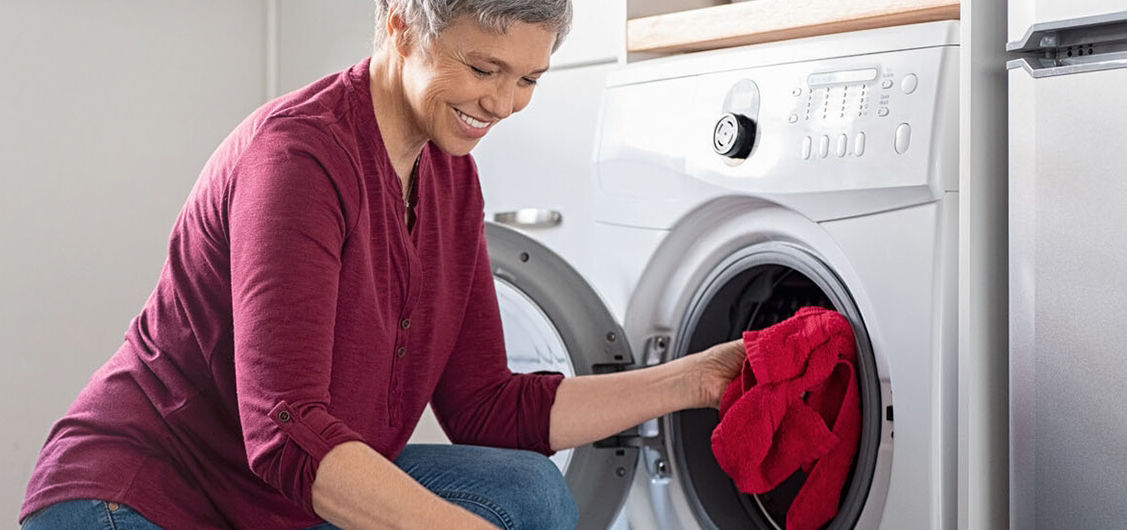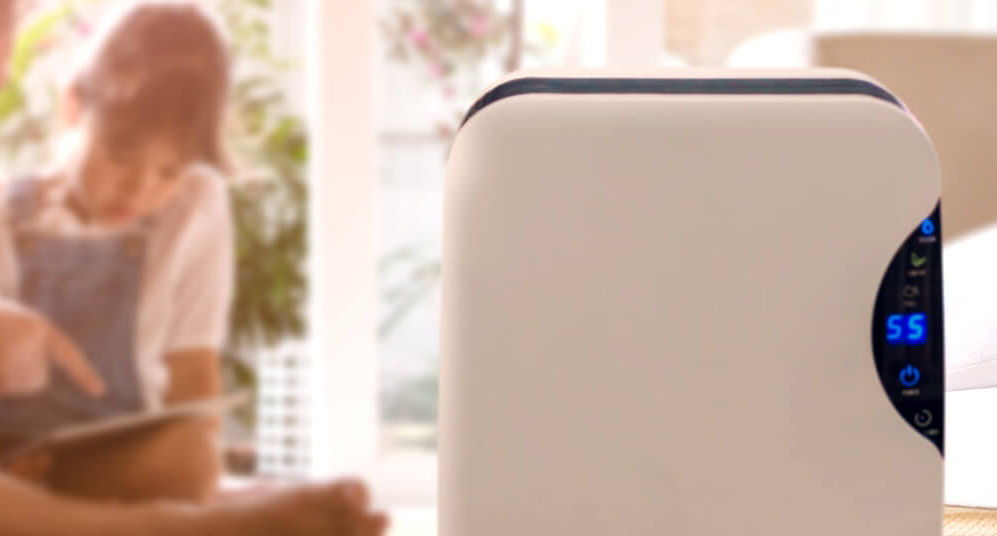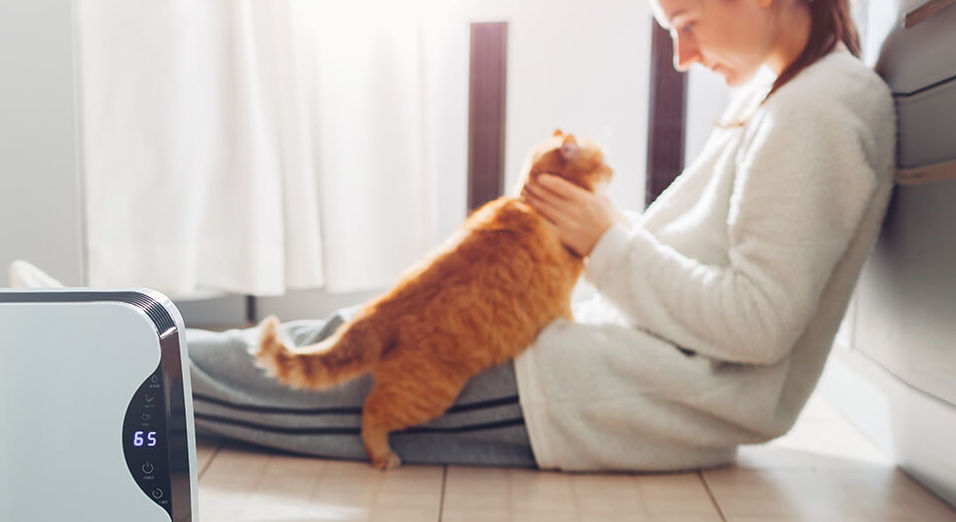Choosing Energy Efficient Appliances
Save money and get superior performance from products you depend on.
 ENERGY STAR®-Certified Appliances
ENERGY STAR®-Certified Appliances
On this page you will find information about energy-efficient appliances and home electronics, learn about rebates and offers and get tips that make your appliances even more effective.
ENERGY STAR®-certified appliances are independently tested and verified for advanced technologies that improve efficiency and performance and are better for our environment. Look for the ENERGY STAR® label and learn more at EnergyStar.gov.
Are you ready to purchase a new appliance and want to be sure you’re choosing the right one? Our Comparison Tool informs you on appliance prices, energy savings and costs of ownership.
Appliances Savings Calculator
Calculate your appliance energy costs and see how much you could save by upgrading to an ENERGY STAR®-certified appliance.

 Clothes Washers
Clothes Washers
Using about 25% less energy and 45% less water than regular washers, ENERGY STAR®-certified clothes washers help cut your energy and your water costs. See if you’re eligible for a DTE Rebate.
Look for the ENERGY STAR® Label - Of an estimated 76 million top-loading washers in use across the country, 25 million are at least 10 years old. Washers built before 2003 are significantly less efficient than newer models. Together, these inefficient washers cost consumers $2.9 billion each year in energy and water. ENERGY STAR®-certified clothes washers use about 25% less energy and 45% less water than regular washers.
Cold Water Saves - Use the cold water setting whenever possible. Heating the water can account for up to 90% of the energy it takes to operate a clothes washer.
Extend the Spin Cycle - Using the high-speed or extended spin cycle in the washer will remove more moisture before drying. That will reduce your drying time and the wear on your clothes from the heat of the dryer.
Lower Water Use - A full-sized ENERGY STAR®- certified clothes washer uses 13 gallons of water per load, while a standard machine uses 23 gallons. The ENERGY STAR®- certified model saves more than 3,000 gallons of water annually!
Avoid the sanitary cycle - Available on some models, the sanitary cycle runs super-hot cycle and increases energy use significantly. Use it only if necessary.
Choose the High Spin Option - Select high-spin speed or extended spin if your clothes washer has them to reduce the amount of moisture remaining in clothes after washing. That will decrease the time it takes to dry your clothes.
Rinse the Washer Monthly - Some manufacturers recommend rinsing the washer each month by running a normal cycle with one cup of bleach to help reduce the risk of mold or mildew buildup. Many new models have a Clean Washer setting. In either case, consult the product owner's manual before rinsing the washer.
About the Agitator - Agitators were once standard in washing machines. Front-load and advanced top-load clothes washers use sophisticated wash systems to gently flip and spin clothes through a reduced stream of water, which can help avoid wear on often-washed items. Washers with agitators pull and rub clothes to get them clean and often leave more lint in your dryer. Models without agitators have more usable space for laundry, especially larger items like comforters, and many models can safely clean silk, wool and other hand-washables.
Use High Efficiency (HE) Detergent - Front-loading clothes washers are designed for using HE detergent. Using regular detergent creates excessive suds that affect the machine's performance and can lead to odors and mechanical problems over time.

 Clothes Dryers
Clothes Dryers
ENERGY STAR®-certified clothes dryers use about 20% less energy than conventional models without sacrificing features or performance. Save on your energy bills and upgrade today!
Dryer Load Strategy - Fill up your clothes dryer, but don't overload it. The dryer needs space for air circulation to efficiently dry fabrics.
Extend the Spin Cycle - Using the high-speed or extended spin cycle in the washer will remove more moisture before drying. That will reduce your drying time and the wear on your clothes from the heat of the dryer.
Keep the Filter Clean - Clean the dryer filter after every load to improve air circulation and increase efficiency. If you use dryer sheets, scrub the lint filter regularly. Dryer sheets can leave film on the filter that reduces airflow.
Inspect the Dryer Vent Pipe - Periodically inspect your dryer vent pipe and remove any blockage. Better air circulation reduces drying time and saves energy.
Use Auto-Dry and Sensor Drying Setting - Select the auto-dry cycle to avoid over drying clothes and wasting energy. Use sensor drying instead of timed drying to help reduce your dryer’s energy use. Sensor drying ensures your dryer will automatically shut off when clothes are dry.

 Dehumidifiers
Dehumidifiers
ENERGY STAR®-certified dehumidifiers remove the same amount of moisture as similarly sized conventional units, but they use 15% less energy.
Avoid Obstructions - Keep your dehumidifier away from walls and furniture to get the best results.
Clean the Filter - Most dehumidifier models have an indicator light to tell you when it is time to clean the filter. Your dehumidifier loses efficiency when the filter is dirty.
Best Setting - Set the humidifier to the optimal relative humidity level between 30% and 50%, and 30% to 40% percent during home heating seasons.
Dehumidifier and Laundry - Make sure your dehumidifier is on when you do your laundry or take a nice hot shower. This will help remove excess moisture before it can do any harm to your home or treasured items.

 Air Purifier
Air Purifier
ENERGY STAR®-certified room air purifiers use 40% less energy than standard models.
Already purchased? Apply for a rebate.
The Right Fit - Be sure to consider the square footage of the room where your room air purifier is placed. Larger models use more energy, so choose a model that is sized appropriately to fit your room.
Location, Location - Air purifiers can be designed to sit on the floor or tabletop, or they are wall-mounted. Be sure to check instructions on where to place your room air purifier to achieve optimum performance.

 Refrigerators & Freezers
Refrigerators & Freezers
ENERGY STAR®-certified refrigerators are about 10% more energy efficient than standard units.
Older Freezer = Higher Bills – An estimated 35 million freezers currently in use in the United States, over 16 million are more than 10 years old, costing consumers $960 million per year on their energy bills.
Let Food Cool - Allow leftovers to cool off before putting them in your refrigerator. Warm food will make your refrigerator work harder to maintain the set temperature.
Test Door Seals - Close the door over a piece of paper or a dollar bill half in and half out. If you can pull the paper or bill out easily, the latch may need adjustment, the seal may need replacing or you may consider buying a new unit. Refrigerator and freezer door seals should be airtight.
Find Cooler Places - Lower shelves of refrigerators are usually the coolest and best place for eggs, meats, milk and other easily perishable items. The refrigerator door area, in contrast, fluctuates in temperature from opening and closing.
Appliance Recycling - Be sure to check our Appliance Recycling Program to see if you are eligible for free removal and money back on your old unit.
Freezer Temperature and Location - Keep the temperature at 0 degrees Fahrenheit. Freezers should be located indoors, like in the basement. Placing your freezer outdoors, like in a garage, exposes it to extreme temperatures that affect the compressor and can reduce the life of your freezer.
Manual Defrosting is Better - Automatic defrost models use twice the energy compared with manually-defrost freezers. Defrost periodically for energy savings, and don't allow frost to build up more than one-quarter of an inch.
Upright or Chest Freezer? - An upright freezer has a front-mounted door, like a refrigerator, and shelves that allow for easy organization. A chest freezer typically requires more floor space, but it's usually more energy efficient since the door opens from the top and less cold air escapes. As you consider whether an upright or chest freezer best meets your needs, remember that, in general, a larger freezer means more energy consumption.
Air Circulation - Leave a few inches between the wall or cabinets and the backside of the freezer for air circulation.



